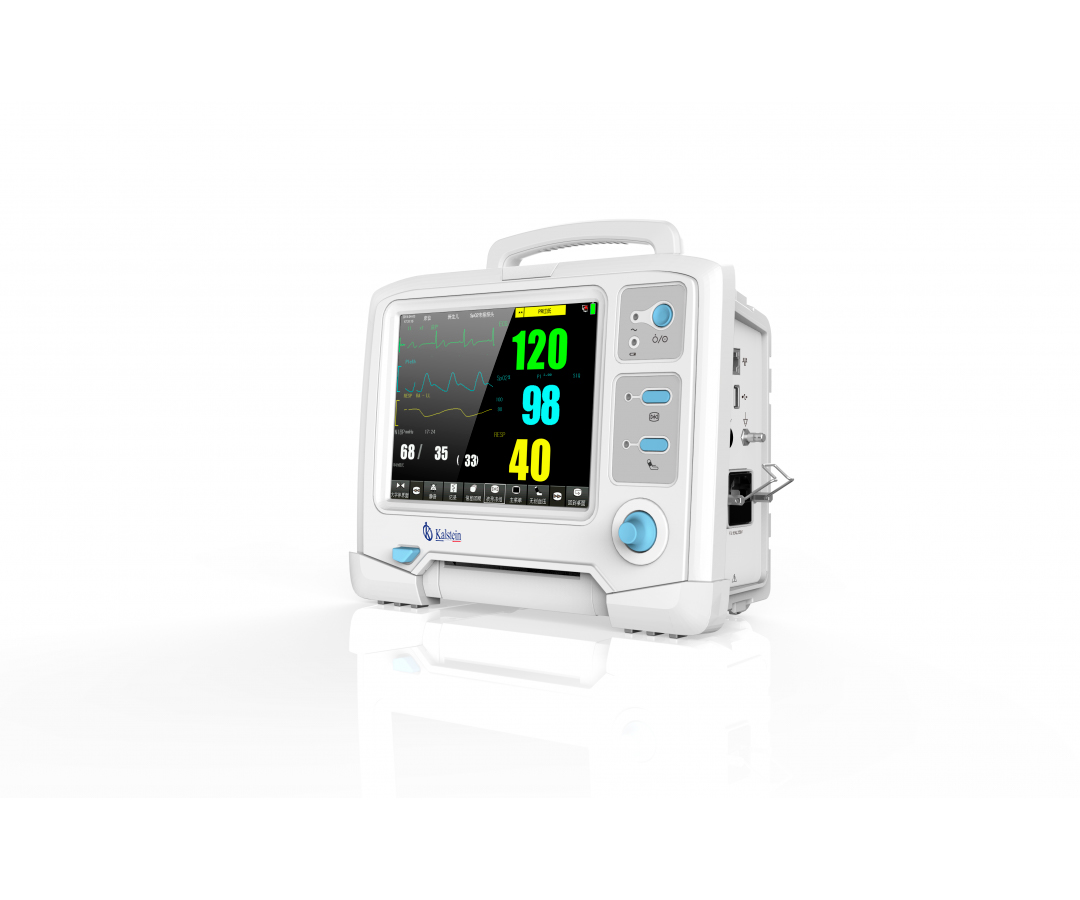Through the control and management of vital signs, it is necessary to obtain information about the physiological state of the patient, through a monitor, which reflects the values of each sign, these are captured by sensors or electrodes installed in the specific points of the patient’s body.
The vital signs monitors, are medical devices, which combined with an alarm system, detects, processes and displays the patient’s organic parameters. However, each sign is shown differently, such are:
- Heart rate: electrical activity of the heart is captured and amplified using electrodes.
- The respiratory rate, which collects and develops the respiratory movements of the chest.
- The patient’s oxygen level checks through his pulse.
Therefore, it is important to note that each of the results are shown separately on the patient monitor, and in the case that any one varies more than normal, an alert alarm should be activated.
Steps to measure and control vital signs
A patient monitor must have a simple mechanism of use, so that the medical personnel in charge, by installing electrodes, group all the necessary information, which are shown as follows:
- Electrocardiogram (ECG): on the patient’s body, the electrodes are placed and the electrical impulses of the heart are recorded and analyzed.
- Respiration (RESP): records the respiratory rate by calculating the thoracic activity by two of the electrodes used in the ECG.
- Temperature (TEMP): by means of a thermometer, the patient’s temperature is amplified.
- Non-invasive pressure (NIBP): it is reached using an electronic sphygmomanometer, whose bracelet is located in the patient’s arm.
- Oxygen saturation (SpO2): the patient’s oxygen level should be determined with the pulse oximeter installed in the finger.
In addition, the monitor should be as simple as possible, reflecting on screen from various angles in a clear and precise manner.
Patient Monitor Visual Parameters
These parameters are displayed on the monitor screen, which show the patient’s current condition, through waves or shapes, usually located on the right side of the screen. It is important that the monitors have a system for printing the values, and that allows the recording of vital signs in real time, by means of trend or table graphics for a better understanding and control of them.
In this sense, the functions of patient monitors are mainly used by trained medical personnel, so the use of a manual is not necessary. However, they must be aware of audiovisual alarms as a security measure as follows:
- For opening, it should be activated immediately that the patient is connected to the computer.
- Control the alarm volumes that your computer issues. It is important that the alarm tones are different from the other sound signals that exist at the monitor application sites.
- Consider volume levels, so that the patient is not dazed during hospitalization.
- Scanning the status and values of alarms, should be feasible and fast to execute.
- While an alarm limit value is being altered, it must be reflected by the parameter value on the screen.
Finally, medical negligence by patient monitoring is a special kind of alarm that occurs when any act of warning is neglected or ignored.
Patient Monitor brand Kalstein
We at Kalstein, are able to meet the medical needs demanded by specialists inside the operating room, therefore, we offer patient monitors with 8.4 inch touch screen, embedded handle, able to use the module, lightweight with 1.6 kg of weight, 5 hours of battery life, fan-free design that ensures a low noise level, multiple interfaces for different departments. The alarm limits are adjustable and the battery can last up to 4 hours.
At Kalstein, we are manufacturers and offer you the best equipment, with the best advice so that your purchase is the right one and at the best prices. Come, take a look at our page HERE For more information, check out our catalog at HERE

